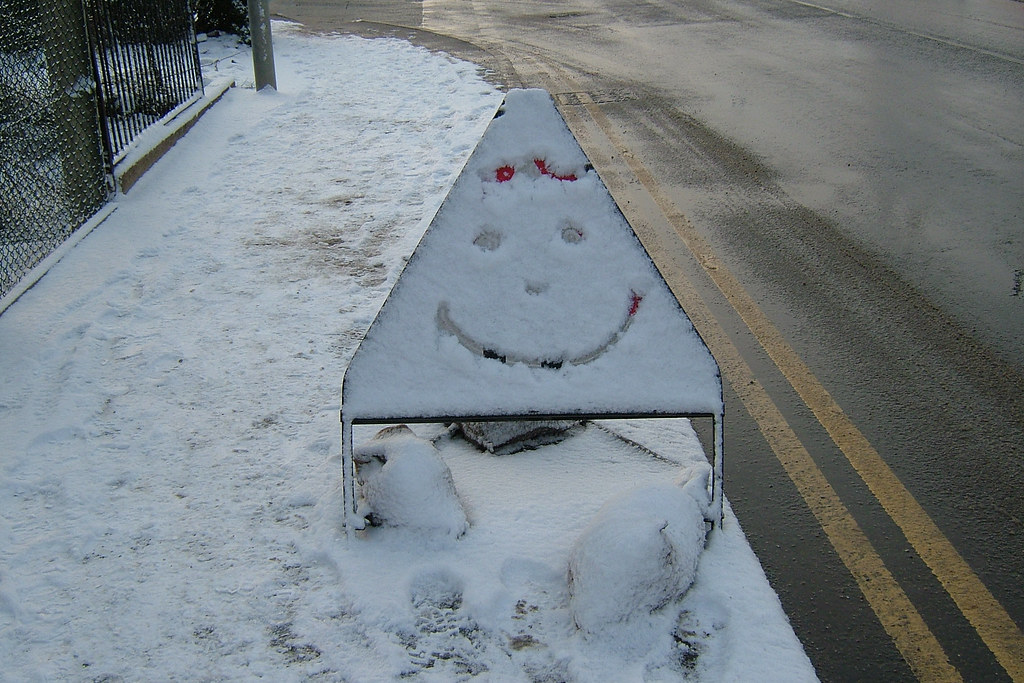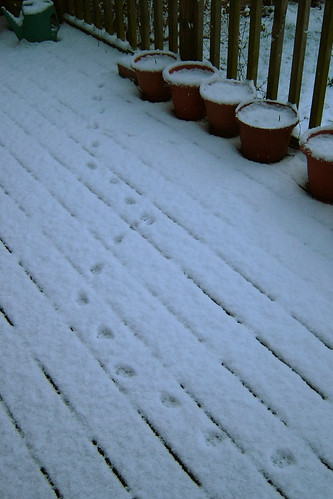 The novel is set in a near-future Britain in which the country's infrastructure has collapsed under unspecified economic and ecological blows. Surviving citizens are confined to the cities, population control measures are in place and people lead drab lives under an undemocratic government called the Authority. The protagonist of the novel is a young woman who breaks away from the Cumbrian city of Rith (formerly Penrith) to seek out Carhullan, a colony of women who live as outsiders in the neighbouring mountains. Known only as Sister, the woman has read of these outsiders in newspaper articles prior to the collapse, and is inspired by their tales of Carhullan's charismatic leader Jackie Nixon.
The novel is set in a near-future Britain in which the country's infrastructure has collapsed under unspecified economic and ecological blows. Surviving citizens are confined to the cities, population control measures are in place and people lead drab lives under an undemocratic government called the Authority. The protagonist of the novel is a young woman who breaks away from the Cumbrian city of Rith (formerly Penrith) to seek out Carhullan, a colony of women who live as outsiders in the neighbouring mountains. Known only as Sister, the woman has read of these outsiders in newspaper articles prior to the collapse, and is inspired by their tales of Carhullan's charismatic leader Jackie Nixon. Reaching Carhullan, Sister is at first judged a potential spy, and is brutalised to test her veracity. Later, as she recovers and is slowly integrated into the community, she finds a place there among the other women attracted by its self-sufficiency and independence from the Authority. Nixon, however, remains a distant figurehead, but one who exerts near-total control over those who have joined Carhullan. The apparent death of Britain's king in a distant war convinces Nixon that the Authority intends to impose tighter control on Britain and provides a pretext for an increase in the strength of Carhullan's military faction. However, Nixon isn't just interested in defence of the colony, she intends to take the fight to the Authority, and begins to dismantle Carhullan and co-opt its residents into a well-trained army to capture nearby Rith.
The novel filters this story through the experience of Sister who, despite her initial torture at the hands of Nixon, is gradually transformed from an ordinary (if politically aware) factory worker into a hardened and willing soldier. Through the use of Courier font chapter headings, the narrative is ostensibly structured as the retrospective testimony of a prisoner of the Authority, although this seems a little unlikely given the poetic language and lack of legalese employed. As the novel approaches its climax, this structure experiences a "data loss" and a significant flashforward that wraps the novel up promptly (c.f. my criticism of a previous book).
Hall's novel has a number of strengths. Principally, it's extremely well-written, with beautiful descriptive portions, good characterisation and interesting world-building. By drip-feeding the latter, the reader is kept hanging on for more detail about the damaged world that Hall describes. In this way, the novel shares something with another recent post-apocalyptic novel, The Road. Keeping some of the detail about the world's collapse unstated both adds a nice dose of mystery to the proceedings, and frees the novel somewhat from particular contemporary obsessions (although it's fairly obvious that an oil crisis and global warming are primarily to blame). That the novel portrays a singularly female venture that's both empowering yet authoritarian is also noteworthy. Hall is quite ambiguous on what the reader should draw from the story. On the one hand, the uprising against the Authority is admirable, but on the other hand, the re-purposing of Carhullan from a refuge into a uncompromising weapon is questionable.
The flashforward already alluded to is one of the novel's major failings to my mind. It incongruously shoots a rather slowly paced and detailed novel from pre- to post-conflict in a single page. It's extremely jarring given the novel's structure up to that point, and comes across as the novelist getting bored with their fictional world and wanting to just wrap it up quickly (and it's not as if it's a particularly long novel; ~200 pages). It betrays the detail that Hall put into the earlier portions, and leaves an awful lot unanswered. For example, from the brief description of the conflict, it's difficult to decide whether Nixon really was over-egging the threat from the Authority, as earlier portions of the novel imply. It's also difficult to judge what the wider consequences of the conflict are. While the novel's major theme concerning the dehumanisation of even those involved in worthy causes is decoupled from the plotline, leaving so much unanswered and doing so in a seemingly careless fashion seems a bit of a mistake.
On the subject of how even good causes can still be dehumanising, the novel is weakened to my mind by the lack of detail about the Authority. While clearly authoritarian, it seems an ineffective and only a weakly malevolent force for most of the novel. And the fact that Sister, although imprisoned, is still alive at the end (as far as we can tell) also makes it difficult to judge if the conflict was as black and white as some of the characters suggest. This leaves one with the nagging suspicion that perhaps Carhullan was the problem all along, which is almost certainly not what the author intended. More generally, since science fiction novels usually deal with circumstances removed from our own, it's sometimes difficult to draw anything from them that can be applied to our world. Particularly where the parallels between our world and that of the novel are not clearly drawn, as here. The Authority simply doesn't obviously stand-in for anything in our world at present, primarily because it's sketched so thinly.
By way of contrast, while my headline's allusion to Fight Club is a bit of a joke, that novel is much more successful at presenting the theme of dehumanisation of a good cause because the "enemy" (the corporate world) is much more clearly defined. Not, as it happens, because the author spends time describing it, but because it's familiar to us from our day-to-day lives. The reader's journey in Fight Club is that of the narrator's, from anger at "the system" through transitory empowerment to anger at "the solution". Things are possibly similar here, but ambiguity abounds. And not necessarily "good-ambiguity"; more "what-the-hell-was-that-ambiguity". As a result, I'd argue that one can draw a lot more from Fight Club than The Carhullan Army but then, as a man, perhaps I'm bound to say that!
Still, all that said, The Carhullan Army is enjoyable for its language and its world building. And, as ever, it's encouraging to see such novels breaking down the walls surrounding the science fiction ghetto.





.png)





